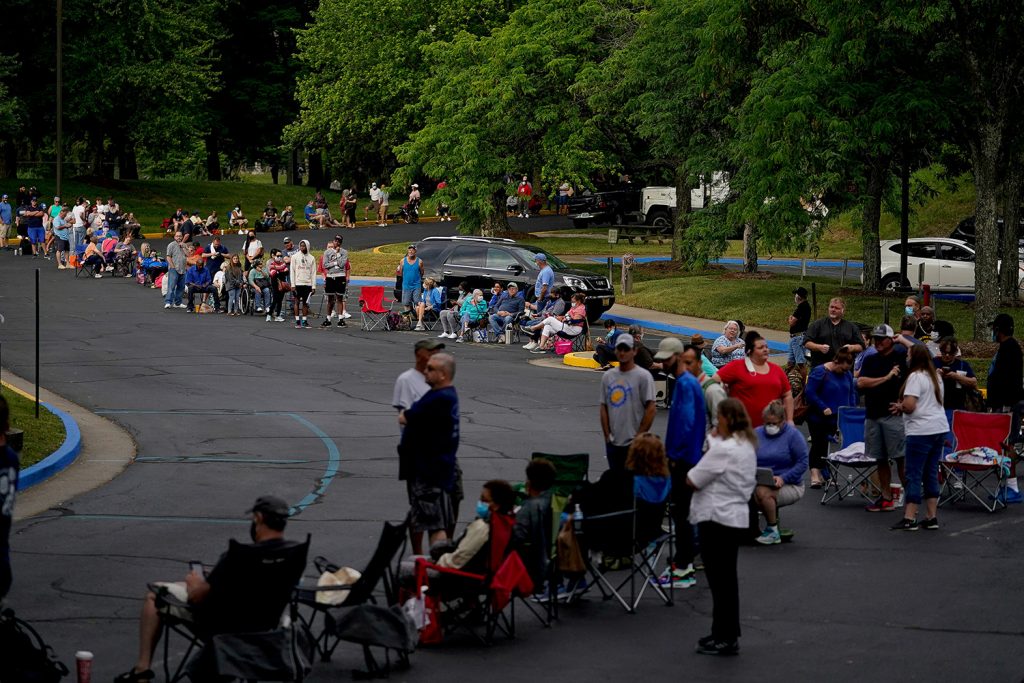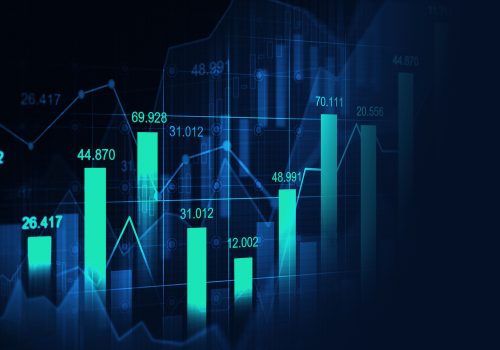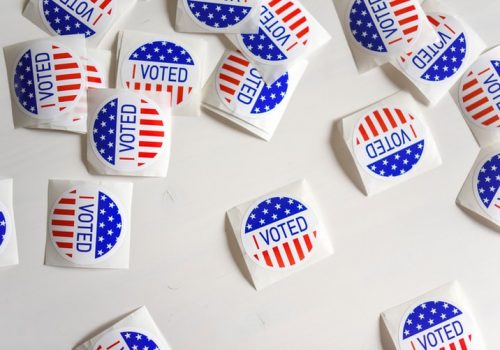Fluctuations in the unemployment rate have often been used as a means of measuring the health of the economy. The US Bureau of Labor Statistics (BLS) classifies an unemployed person as someone available to work who does not have a job and has actively—not passively—searched for a job in the past four weeks. This definition leaves out those who are underemployed, discouraged, and furloughed. COVID-19 and its economic crisis have triggered dramatic jobs reports, but here’s the danger of taking these numbers at face value: they don’t reflect the incalculable. So, while some politicians may claim the economy is recovering from the lockdown—and it is—the real numbers reflect that unemployment is higher than the reports imply.
How unemployment levels are collected has a large impact on the value’s measurement and credibility. Contrary to popular opinion, the government does not use the number of people collecting unemployment insurance benefits as a measure of the number of those who are unemployed. This method would leave out those who are unemployed even after the period for receiving benefits ends and those who did not file for benefits at all during their period of unemployment. The government also does not conduct a monthly census even though unemployment rates for the previous month are released early each month; this is to keep survey costs low and avoid national survey fatigue. The process of overcoming these obstacles gave rise to the Current Population Survey (CPS) in 1940 to measure the extent of national unemployment. This survey has a large sample of approximately 110,000 individuals each month and has a state-based design separated by industry. One-fourth of the households in the sample are changed monthly resulting in approximately 75 percent of the sample remaining the same each month and 50 percent remaining the same each year. This thereby strengthens the credibility in monthly and yearly change in unemployment rates.
There is a diversity of working situations that keep the economy from reaching a full and healthy level of employment. For starters, the underemployed, or workers working in jobs for which they are overqualified or workers who work for fewer hours than they would like, are considered employed. The official unemployment rate (U-3) does not account for these workers like the real unemployment rate does (U-6). Without these numbers, the official unemployment rate can grossly underrepresent the degree to which the economy is not meeting a sufficient allocation of jobs to skill levels and personal preferences.
The real unemployment rate also includes those who are discouraged and marginally attached to the labor force, and this accounts for those workers who have given up looking for a job that suits their skills and preferences. Since these workers are again, like the underemployed workers, not included in the official unemployment rate and only the real unemployment rate, taking the headline unemployment rate as the only measure for the health of the labor market is not enough.
However, the real unemployment rate still lacks one more key aspect of unemployment that has become increasingly prevalent during the pandemic: furloughed workers. Furloughed workers who have temporarily been laid off from their jobs due to mandatory lockdowns, safety protocols, and overall decreased consumer and labor demand face uncertainty on whether or not they will be rehired after the pandemic. As the number of temporary layoffs spiked in March and April and has declined since then, the number of permanent job losers has been steadily rising. Temporary furloughs become permanent losses. Overlooking furloughed workers in the unemployment rate during a pandemic simply because their furlough period has not been at least four weeks yet leads to underestimation of the current unemployment rate. Had the misclassification of furloughed workers in April of 2020 not occurred, the unemployment rate would have been nearly 20 percent according to the BLS. By counting these people only after their temporary layoff becomes permanent, we are only attacking the problem after the fact, and we aren’t taking measures quickly enough.
The graph below highlights just how drastic the difference in unemployment rates is. The official unemployment rate seen in blue is smaller than the unemployment rate that includes marginally attached workers (green) and the unemployment rate that includes marginally attached and underemployed workers (red). While the difference between the U-3 and U-5 unemployment rates is only a percentage point at best, adding in those who are underemployed creates an unmistakable spike in the U-6 rate. The higher the difference, the more lives struggling to find the job that is right for their needs. So yes, the headlines are right: the economy is recovering, and unemployment is declining. But they leave out two crucial bits of information: the unemployment rate is significantly higher than the official number, and many underemployed workers are finding their jobs to be an inadequate fit for them during the pandemic. These numbers only reflect what was calculated; the U-6 rate in red still does not account for newly furloughed workers, meaning the rates are still higher.
So what does this mean for the next administration? Politicians declaring that unemployment has been fixed and the world’s greatest economy is booming have kept crucial information from citizens. The difference in the real unemployment rate and the official unemployment rate stands to show that thousands of workers in various sectors of the economy are suffering during the pandemic, and their suffering is only being counted as true unemployment after many weeks have passed. The next administration needs to prioritize those who are furloughed, discouraged, and underemployed and continue to provide stimulus and wider unemployment benefits. Not only do these policies mitigate the impact of the pandemic on those who are without jobs, but these policies also serve to support smaller businesses that have faced the brunt of the lack of business. While nonessential businesses cannot operate at full capacity, this does not mean their workers can be neglected. Even though furloughed workers can collect unemployment benefits, the amount they can collect varies by state, leading to the concern that aid for those who are not considered traditionally unemployed may be slipping through the cracks simply because of varying state laws. The discrepancies in aid provided at the state level can be remedied and made more equitable at the federal level if the data takes into account the severity of the current unemployment situation.
The Congressional Budget Office predicts that social distancing measures will still be taken until the third quarter of 2021 leading to constrained business activity and lasting unemployment at 8.6% by the fourth quarter of 2021. This rate is 5 percentage points higher than the rate of the final quarter of 2019. Policymakers must take into account the fact that labor force participation rates have decreased since the lockdown in March and April since many people temporarily exited the labor force, but these numbers will rebound as more people re-enter the economy looking for work. The strain of the job-hunting process should be ameliorated with assured benefits during the period of unemployment. Wages are projected to face continued downward pressure due to the sluggish projected growth of the economy in 2021, and this will lead to restrained consumer spending. To prevent a downward spiral and boost the economy, the administration will have to provide unemployment compensation and stimulus.
Ultimately, the true rate of unemployment is incalculable since there exists no perfect way of delineating between what is considered unemployed and what is considered employed or simply out of the labor force. Even fewer ways exist to calculate this accurately for an entire nation. However, while the true number is not readily available, it is prudent to keep in mind that the health of the economy cannot be measured fully by headline numbers. They leave out more than just the numbers of those who are underemployed, discouraged, and furloughed and thus overlook crucial insights that more accurately represent the labor force.
Ekta Deshmukh is an intern in the Atlantic Council’s Geoeconomics Center.
Further reading:
Image: People line up outside Kentucky Career Center prior to its opening to find assistance with their unemployment claims in Frankfort, Kentucky, U.S. June 18, 2020. REUTERS/Bryan Woolston/File Photo/File Photo



